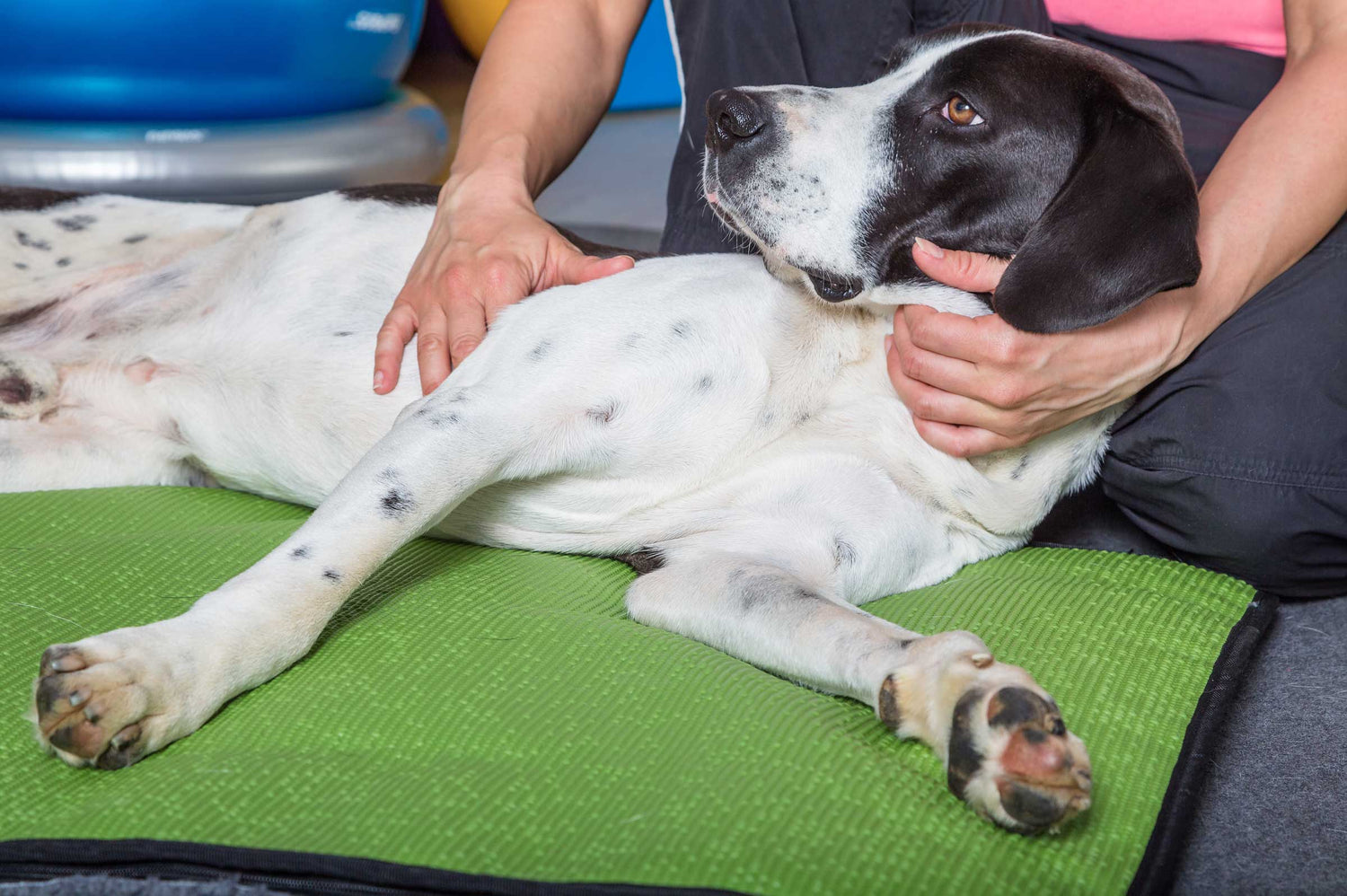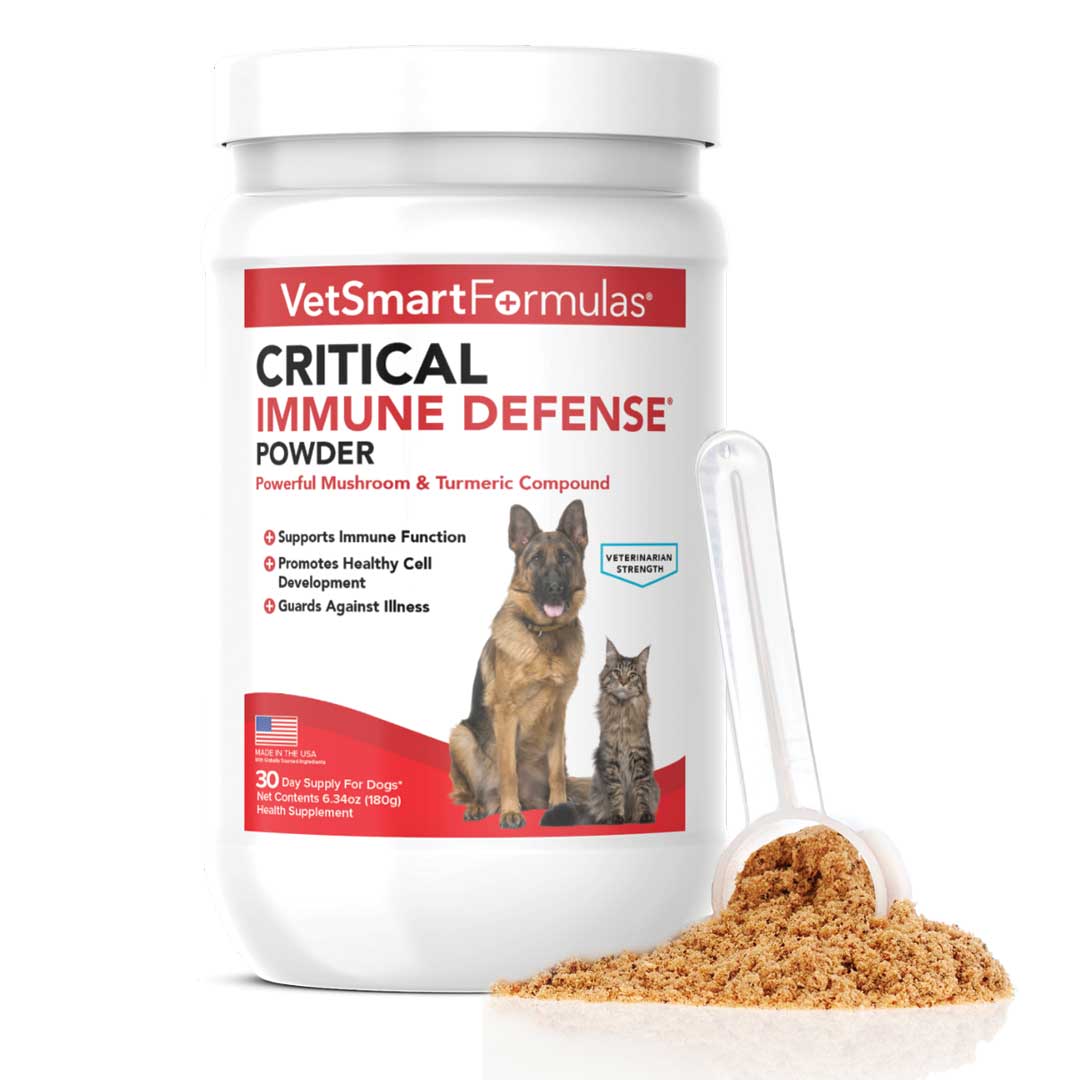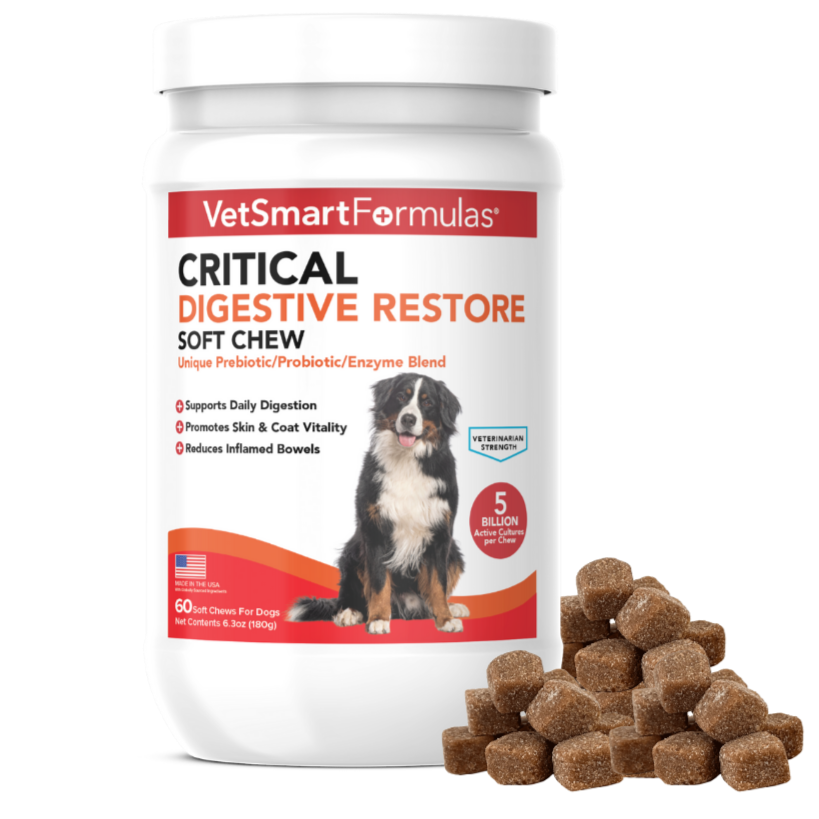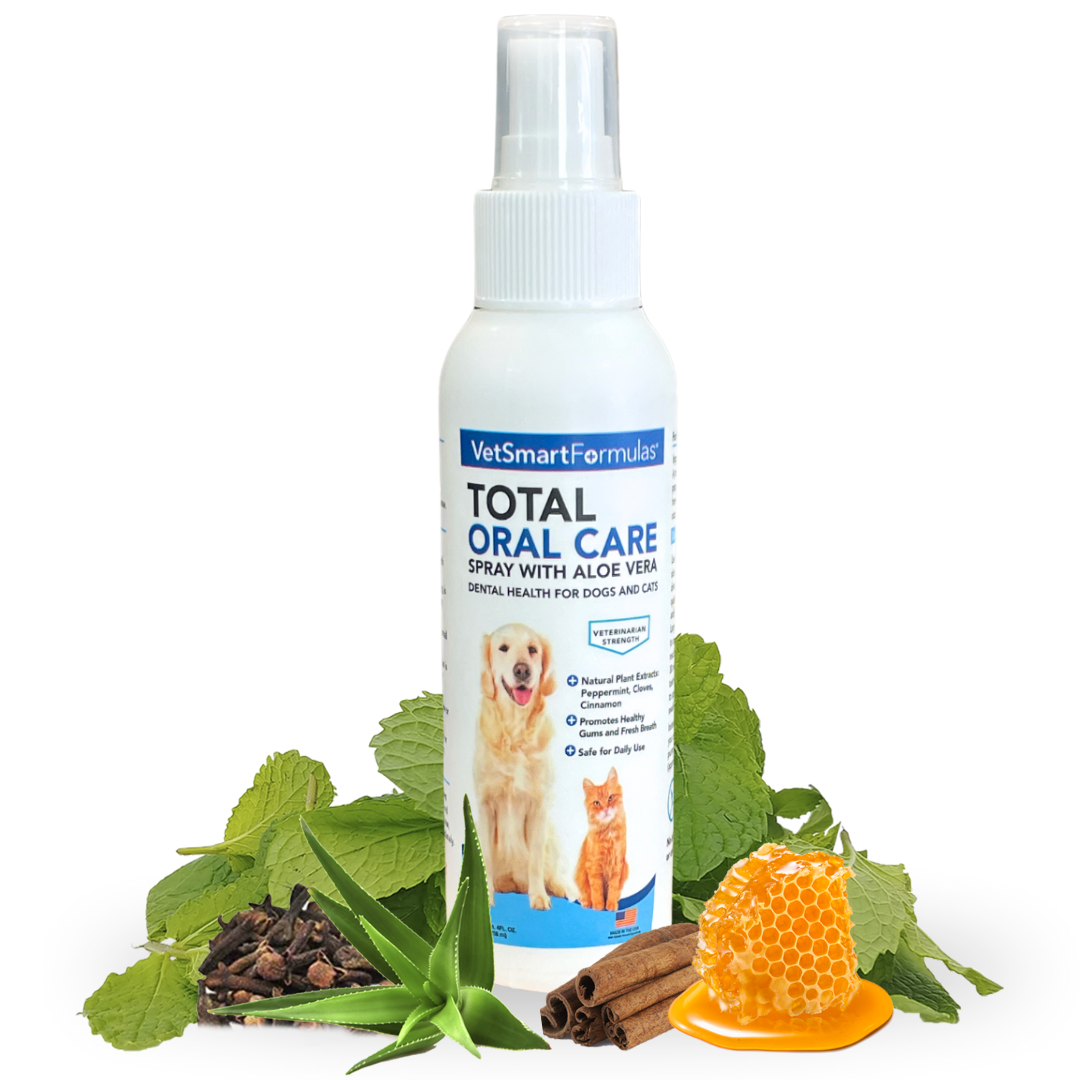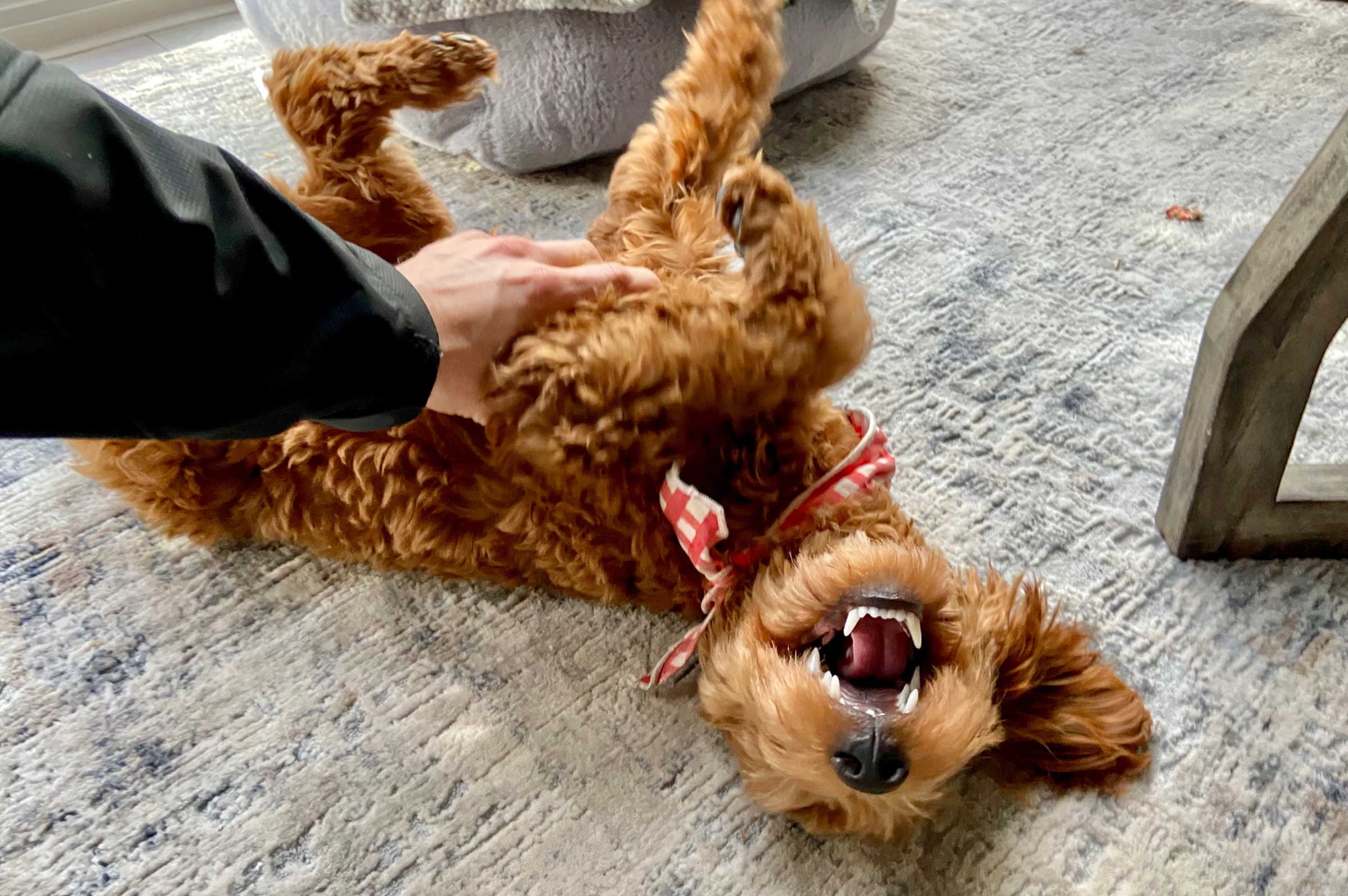Our pets are cherished members of our families, offering unconditional love and companionship. Just like humans, pets are susceptible to various health issues, including cancer. Early detection is crucial in managing and treating cancer effectively, significantly improving your pet's quality of life and survival chances. As responsible pet owners, it's essential to be proactive in monitoring your pet's health to catch any anomalies early on.
This comprehensive guide will walk you through practical steps to physically check your pet for cancerous lumps and bumps. By incorporating these checks into your routine, you can play a pivotal role in safeguarding your pet's health. Understanding what to look for and how to respond can make all the difference in ensuring your furry friend remains happy and healthy for years to come.
Understanding the Importance of Regular Checks
Regular physical examinations of your pet are not just for professional veterinarians. As a pet owner, you are in the best position to notice subtle changes in your pet's body and behavior. Pets cannot communicate discomfort or pain in words, so it falls upon us to be vigilant in observing any physical changes that may indicate underlying health issues like cancer.
Early detection of cancer in pets can lead to more effective treatment options. Many cancers are treatable if caught in the early stages. Regularly checking your pet for unusual lumps and bumps increases the chances of identifying potential problems before they escalate. It's a simple yet powerful tool in promoting your pet's long-term health.
How to Perform a Physical Examination at Home
Begin by creating a calm environment where your pet feels relaxed. Gently pet and stroke your animal, paying close attention to their entire body. Use your fingertips to feel beneath the fur for any unusual lumps, bumps, or swellings. It's important to be systematic—start from the head and work your way down to the tail, ensuring no area is overlooked.
While conducting the examination, observe your pet's reactions. If they show signs of discomfort or pain when you touch a particular area, it may warrant a closer look. Regular examinations will help you become familiar with your pet's normal anatomy, making it easier to notice any new or unusual changes that may occur over time.
Identifying Unusual Lumps and Bumps
Not all lumps and bumps are cancerous, but they should all be evaluated. Common benign growths can appear on pets as they age, but distinguishing these from malignant tumors is crucial. Look for lumps that are growing rapidly, have irregular shapes, or feel attached to underlying tissues. These characteristics can be warning signs of cancerous growths.
In addition to physical characteristics, monitor any changes in the lumps over time. Keep a record of their size, shape, and texture. Photographs can be helpful for visual tracking. Any noticeable changes should prompt a consultation with your veterinarian for a professional assessment and potential biopsy.
Monitoring Other Signs and Symptoms
Cancer can manifest in various ways beyond physical lumps. Be attentive to changes in your pet's behavior and habits. Symptoms such as unexplained weight loss, loss of appetite, lethargy, or difficulty breathing can be indicative of internal issues. Persistent sores, abnormal discharge, or difficulty swallowing are also signs that require immediate attention.
Regularly check your pet's eyes, ears, and mouth for any abnormalities. Pale gums, redness, or unusual odors can be signs of underlying health problems. Remember, you know your pet best. Any sudden or unexplained changes in their normal behavior or physical condition should be taken seriously.
The Role of Professional Veterinary Care
While at-home examinations are invaluable, they are not a substitute for professional veterinary care. Regular veterinary check-ups are essential for comprehensive health screenings, including blood tests and imaging that cannot be performed at home. Veterinarians can provide expert evaluations of any lumps or symptoms you have discovered during your examinations.
Early collaboration with your veterinarian enhances the chances of successful treatment. They can guide you on the frequency of professional exams based on your pet's age, breed, and health history. Open communication with your vet ensures that your pet receives the best possible care tailored to their specific needs.
Conclusion
Taking an active role in your pet's health by regularly checking for cancerous lumps and bumps is a simple yet powerful way to protect them. Early detection is key in the fight against cancer, and your vigilance can make a significant difference. By combining at-home examinations with professional veterinary care, you create a robust defense against potential health issues.
Now is the time to take proactive steps to boost your pet's immune system and overall health. Consider incorporating VetSmart Formulas Critical Immune Defense into your pet's wellness routine. This powerful supplement is designed to support your pet's immune system, helping them stay strong and healthy. Invest in your pet's health today for a happier, healthier tomorrow.

